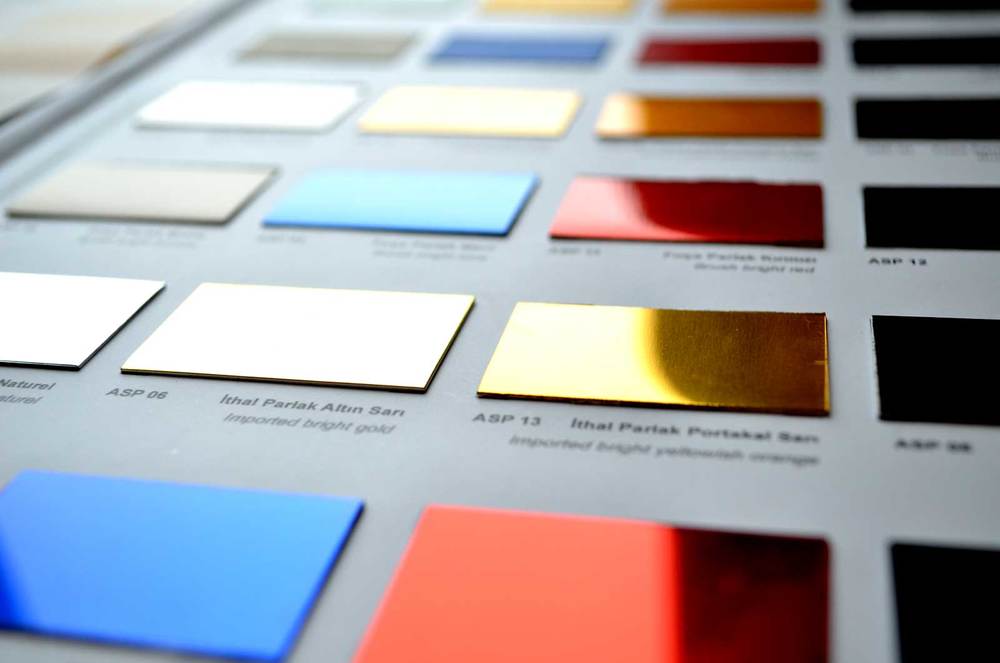Why our company choosed this kind of product processing?
Aluminum anodizing, also known as eloxalization, is an electrochemical process in which a layer of aluminum oxide is formed on the surface of a metal. The coating created during anodizing is characterized by greater durability and corrosion resistance. That’s why it has a variety of applications.
Aluminum anodizing process
Aluminum anodizing is a process that has several stages. It begins with cleaning and degreasing the metal layer. Then the actual anodizing phase takes place. The aluminum element is immersed in an electrolyte bath through which an electric current flows. Aluminum serves as an anode in an electrical system, hence process is called Anodizing. The function of the electrolyte in this process is performed by a solution of sulfuric acid (sometimes also chromic or oxalic acid is used). Direct current of 12-20 V is most often used during eloxalization. The formed oxide layer is almost invisible and has an uneven, porous structure. Such surface enables effective coloring of the coating.
Coloring is usually performed with use of organic dyes. After this step next is so-called the sealing process in boiling water or the passivator. This treatment transforms the aluminum oxide into bemite and the aluminum surface becomes smooth and shiny.
Aluminum anodizing applications
Thanks to anodizing, aluminum gains a number of positive features, such as durability, resistance to corrosion and abrasion, and aesthetic appearance.
Importantly, elements made of this material do not require special maintenance. Anodized surface is distinguished by a durable gloss and is extremely pleasant to the touch.
Advantages of anodizing
Anodizing aluminum changes a number of properties that affect the appearance and function of the material. As a result of anodizing aluminum profiles, a dirt-resistant surface is created and the corrosion resistance of the profiles increases. The surface is covered with an electrically insulated coating that provides a perfect metal finish. It is also pleasant in touch. Effectively improves parameters, conducive to processing and extending the durability of the finished product. During the anodizing, the following features change: surface structure (porosity facilitates coloring sheets with organic compounds), color, corrosion resistance, hardness, abrasion resistance, light reflection and electrical insulation (resistance).
After anodizing, the metal is even more resistant to weather conditions, even when dealing with acid rain. Its aging is also delayed, which means that aluminum elements can be used for a much longer time, without having to replace them and generating additional costs.
The aesthetic aspect is also very important. If the surface of the aluminum is covered with an oxide layer, it does not attract dirt, and therefore it is much easier to keep it clean. In addition, decorative anodizing of aluminum makes the metal pleasant in touch, which further increases the comfort of use.
Anodized products do not contain substance from the Chemsec SIN List 2.1 (2015 version)
Quality certificates
- ISO 9001 and 14001
- Certificates of quality assurance of machining
- ABS quality certificate























